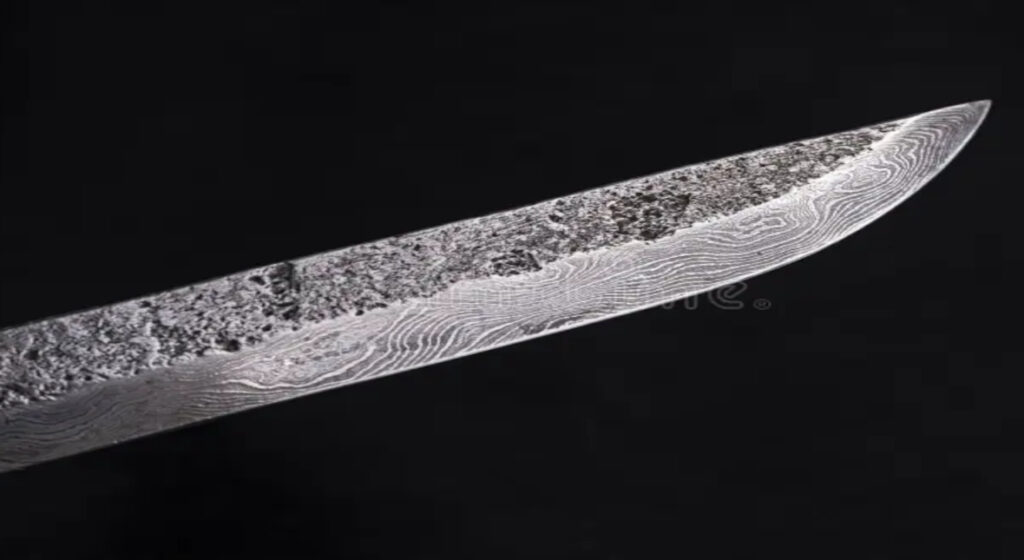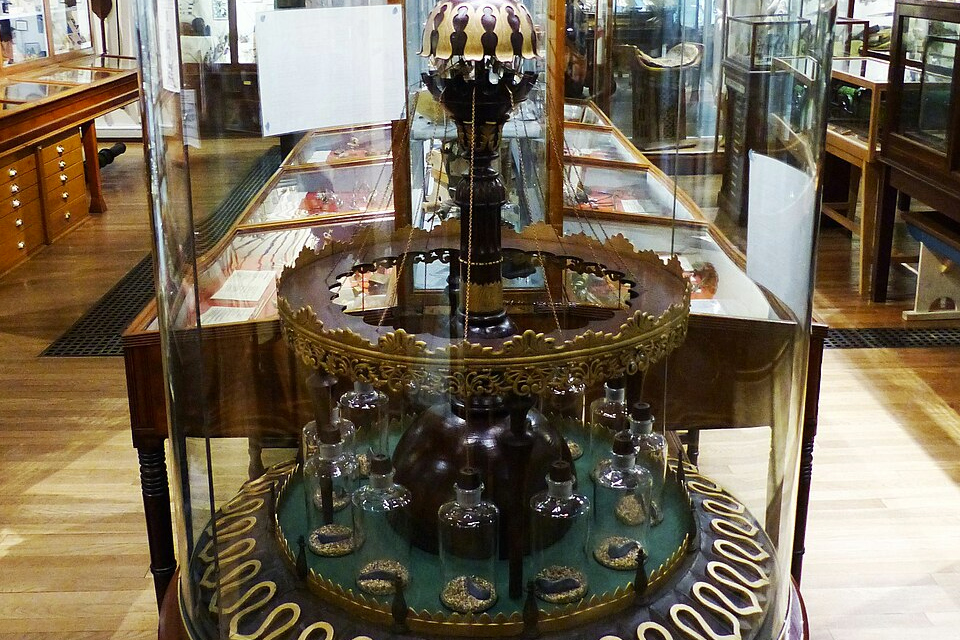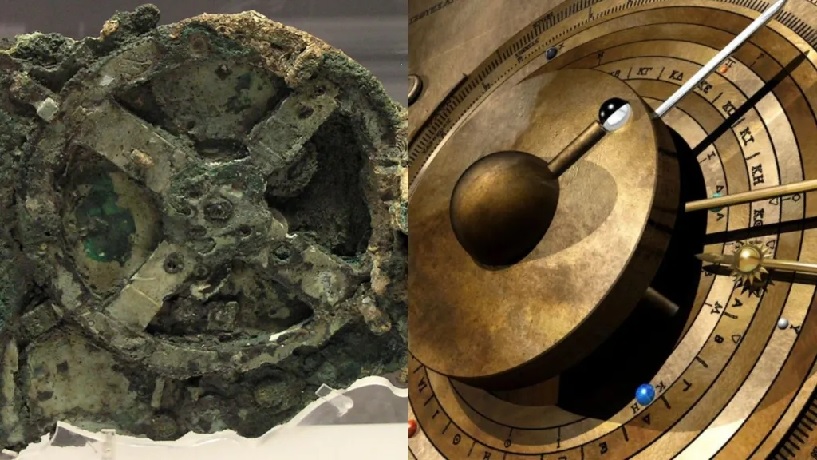Few materials in human history have captured the imagination quite like Damascus steel. Revered for its beauty, legendary sharpness, and almost mythical durability, true Damascus steel was a product of both ancient craftsmanship and metallurgical mystery. Unlike modern steel alloys, the process of making this exceptional material was as much an art as it was a science—an art that, by the 18th century, was completely lost to time.
Wootz Steel: The Hidden Source of Damascus Greatness
To understand Damascus steel, one must first understand Wootz steel, the high-carbon crucible steel from which it was forged. Developed as early as 300 BCE in southern India and Sri Lanka, Wootz steel was renowned across the ancient world for its hardness and ability to hold an edge. Indian metalworkers produced it using a sealed crucible method, where iron ore and a carbon source—typically charcoal, leaves, or bamboo—were melted together in a clay container. The sealed environment allowed carbon to infuse into the iron slowly, creating a homogenous, ultra-pure high-carbon steel.
The cooling of the crucible was deliberately slow, which allowed cementite (Fe₃C)—a hard iron carbide compound—to form crystalline particles within a matrix of softer iron. These carbides would become the foundation of the legendary patterns that would later appear in forged blades. The steel ingots produced were called Wootz cakes and became prized exports, traded along the Silk Road and across the Islamic world to regions like Persia, the Levant, and the Ottoman Empire.
The Forging of a Legend: Crafting Damascus from Wootz
Once these Wootz ingots arrived in the Middle East, highly skilled blacksmiths began the intricate process of transforming them into blades. What distinguished these artisans was not just their technical skill but their intimate knowledge of fire, metal, and timing—learned entirely through observation, repetition, and oral tradition.
The ingots were heated carefully—never too hot, lest they burn off carbon or crack—and hammered repeatedly to shape and align the internal structure. During forging, the blacksmith would elongate the ingot into a blade without overworking it. The internal cementite bands began to stretch into long, elegant striations. It was not uncommon for smiths to forge a blade for days or even weeks, slowly refining the edge and polishing the surface. The distinctive “Damascus patterns”—swirls, waves, ladder motifs, and ripples—emerged naturally from the alignment of iron and carbide phases, not from layering different metals as in modern imitations.
A Natural Nanotechnology? The Metallurgy of Damascus Steel
The secret to Damascus steel’s performance lies in its unique microstructure, formed through both the composition of the Wootz ingot and the forging process. The metal consisted of ferrite (a soft, ductile form of iron) and cementite (an extremely hard compound of iron and carbon). The combination created a blade that was flexible yet hard, able to retain a razor edge and resist shattering.
In some surviving Damascus blades, modern researchers have discovered structures at the nanometer scale, including carbon nanotubes and nanowires—the kind of thing that modern material scientists strive to engineer today. These structures may have formed naturally due to the prolonged low-temperature forging in carbon-rich environments. Trace elements like vanadium, chromium, and molybdenum—present in the original Indian ore—may have helped stabilize these carbides and contributed to the regularity of the patterns. Such features gave Damascus blades extraordinary strength, sharpness, and resilience—outperforming most contemporary steel until the Industrial Revolution.
Controlled by Fire: The Role of Thermal Cycling
Another vital component of the original technique was the use of thermal cycling—repeatedly heating and cooling the blade at specific intervals. This helped refine the grain structure, reduce internal stress, and control the growth and spacing of carbide particles. The success of a blade depended as much on the temperature profiles and timing as on the composition of the metal itself.
The process was so sensitive that even slight variations in forge temperature, cooling rate, or atmospheric carbon could alter the results. There were no thermometers or chemical assays—only the blacksmith’s practiced eye and knowledge, passed down through generations.
Why the Original Technique Was Lost
By the early 19th century, the production of true Damascus steel had ceased entirely. The reasons are multifaceted:
Loss of Wootz Ore: The specific iron ore used in southern India—rich in trace elements ideal for carbide formation—became scarce or inaccessible.
Colonial Disruption: The British colonial administration in India dismantled many traditional industries, favoring European steelmaking methods instead.
Disappearance of Crucible Knowledge: As steel production became industrialized, the traditional, small-batch crucible technique fell out of use and was no longer passed down.
Oral Tradition: Most of the forging knowledge was not written down, and once the last generation of master smiths passed, their secrets went with them.
Attempts to recreate the original process have continued for over a century, and while some researchers have come close to replicating the patterns and performance, the precise recipe and techniques remain elusive.
Modern “Damascus”: A Beautiful but Different Art
Today, most so-called Damascus steel is produced using pattern welding, a completely different method. In this technique, multiple types of steel (usually a high-carbon steel and a low-carbon or stainless steel) are layered, forge-welded, folded, and twisted to create dramatic surface patterns. Though these modern blades can be aesthetically stunning and high-performing, they do not replicate the natural carbide banding or microstructure of true Damascus steel.
Some master bladesmiths, like those in Japan, the US, and Scandinavia, strive to honor the ancient tradition by producing blades with similar aesthetic and functional characteristics, but true Wootz-based Damascus remains a lost art—an artifact of metallurgical genius that predates modern science by over a thousand years.



